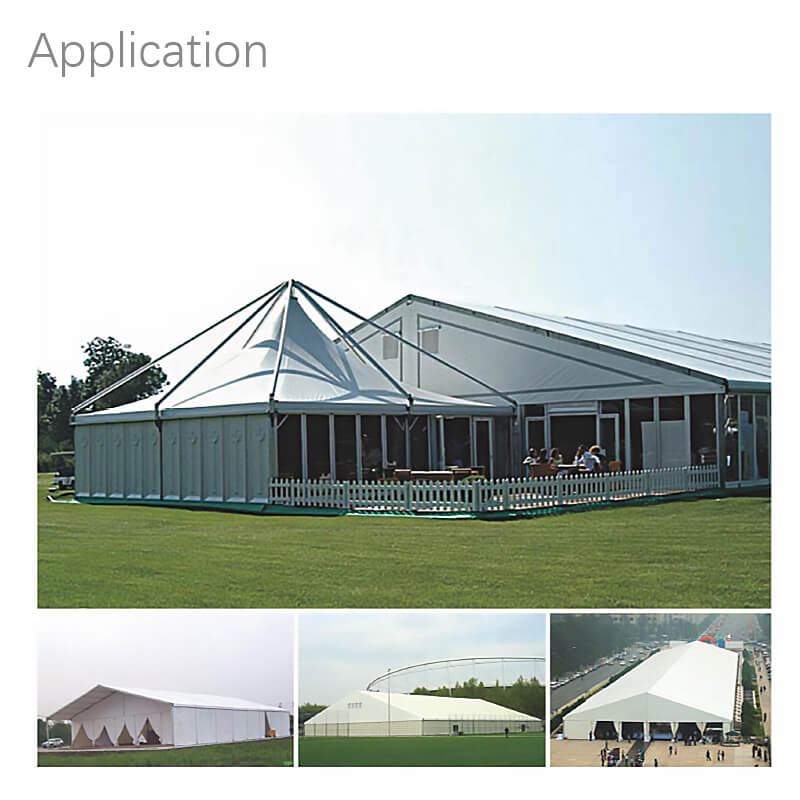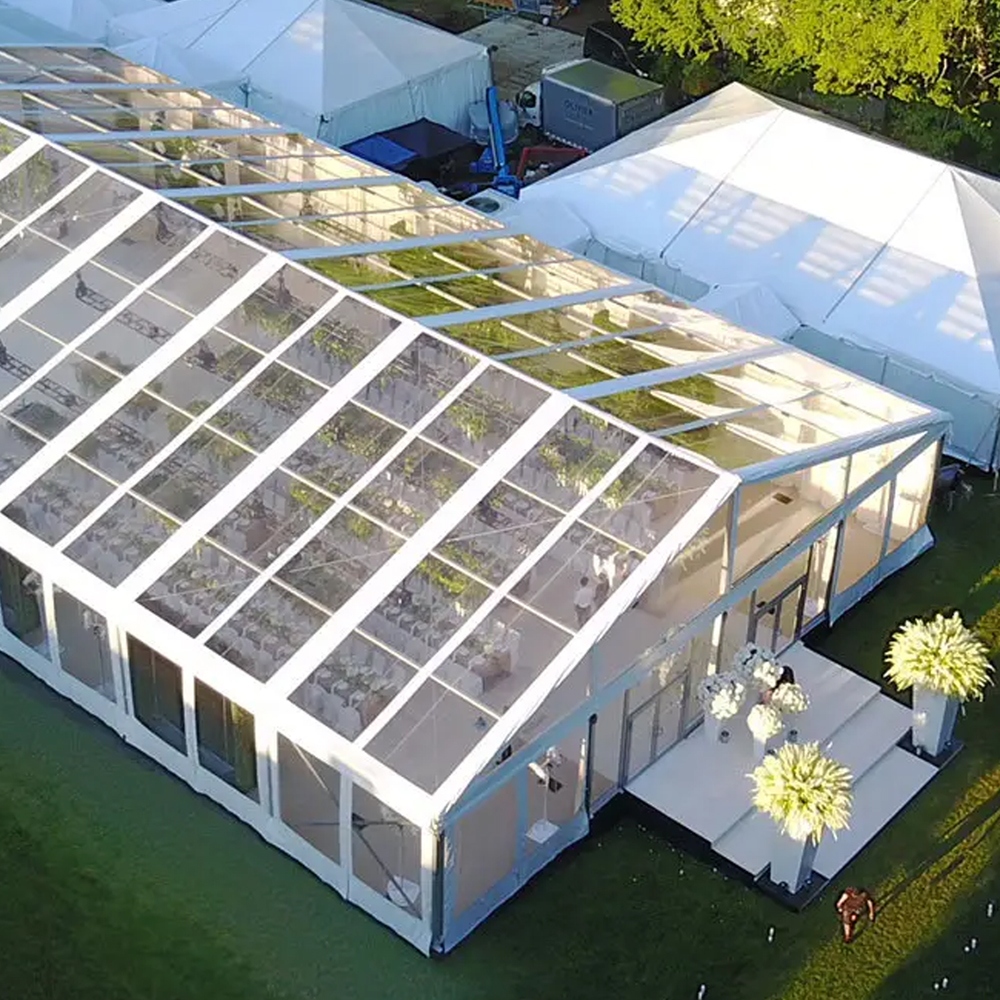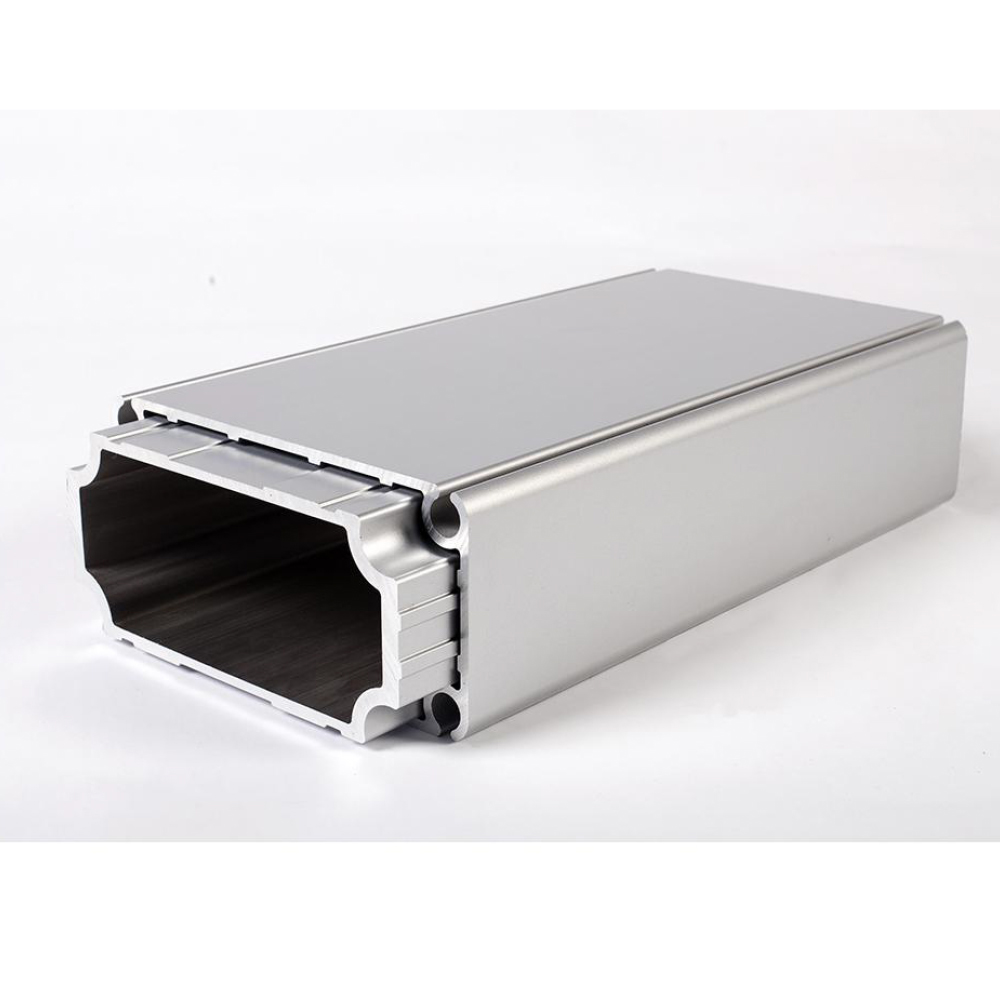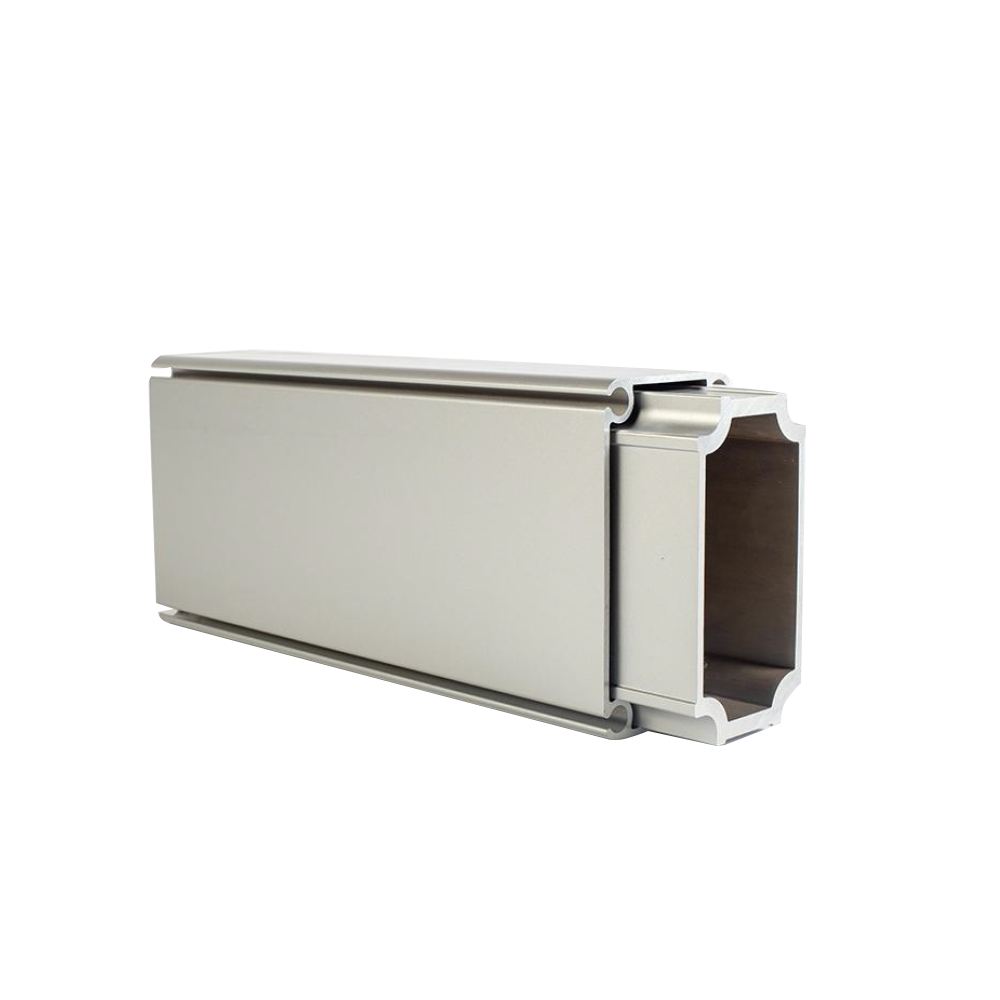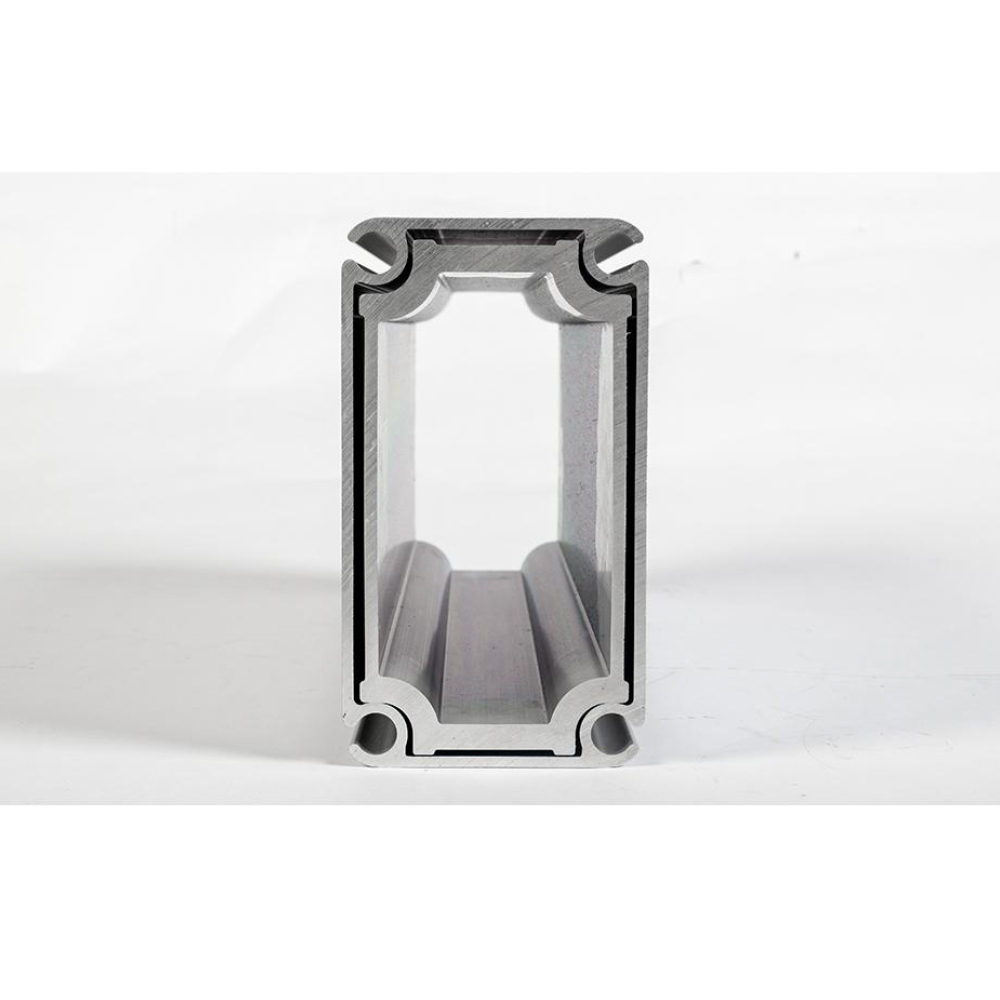Aluminum square profiles, often chosen for structural applications, are making a significant impact on the design and functionality of modern tent poles. With their uniform shape, exceptional durability, and minimal weight, aluminum square profiles provide an excellent solution for a range of outdoor and camping equipment. Whether used in recreational tents or large-scale event shelters, their superior qualities position them as a standout material in tent pole construction.
Selecting the right material for tent poles is crucial to ensuring both the reliability and longevity of a shelter. Tent poles must not only support the tent structure but also endure outdoor elements such as wind, rain, and varying temperatures. The material chosen influences the overall weight of the tent, ease of assembly, and its overall resilience during use. Aluminum square profiles offer a perfect balance of strength and lightness, making them an optimal choice for tent pole construction.
1. What Makes Aluminum the Ideal Choice for Tent Poles?
Weight vs. Strength: A Perfect Balance
Aluminum’s light weight is one of its most attractive features. Compared to other metals, it is substantially lighter, which is a major advantage in tents that need to be carried or transported. Despite its lightness, aluminum retains remarkable strength, especially in square profile forms. The compact shape of the square profile further enhances the material's capacity to bear loads while keeping the overall structure lightweight, making it ideal for tents that need to withstand wind and external pressure.
Durability and Corrosion Resistance
Aluminum’s natural resistance to corrosion is another compelling reason for its use in outdoor products like tent poles. Unlike steel, which can rust over time, aluminum develops an oxide layer that protects it from the elements, ensuring that the poles remain intact even after prolonged exposure to moisture. This durability reduces the frequency of maintenance and replacement, making aluminum square profiles not only a reliable choice but also a long-term investment.
Cost-effectiveness and Availability
While aluminum might seem like a premium choice, its cost-effectiveness is significant when compared to materials like titanium or stainless steel. Aluminum is abundant and relatively easy to process, which helps keep production costs low. This combination of affordability, widespread availability, and performance makes aluminum square profiles an accessible solution for both budget-conscious consumers and professional manufacturers in the tent industry.
Heavy Duty Aluminum Rectangle Tent Pole Supplier
2. Benefits of Square Profiles in Tent Pole Design
Structural Integrity and Load Distribution
The square profile offers superior structural integrity, making it more capable of evenly distributing loads across its surface. The flat edges provide a higher resistance to bending and twisting forces, ensuring that the tent poles remain stable under heavy winds or other stresses. This feature significantly improves the safety and performance of the tent, particularly in environments where strength and reliability are paramount.
Space Efficiency and Stability
Square profiles maximize the use of space, as they fit neatly into packaging or storage configurations. Their uniform edges make them easier to stack and store, which is an essential consideration for manufacturers and consumers alike. Furthermore, the geometric shape of the square profile provides enhanced stability when the poles are locked into place, ensuring the tent structure remains rigid even during inclement weather.
Aesthetic Appeal and Versatility
The simplicity and angularity of square profiles lend themselves to modern aesthetic designs. Aluminum square tent poles not only serve a functional purpose but also contribute to the sleek and minimalistic appearance of contemporary tents. This versatility allows manufacturers to produce a wide variety of tents with different designs, enhancing their appeal across different consumer markets.
Adjustable Rectangle Tent Pole Factory
3. Manufacturing Process of Aluminum Square Profiles
Extrusion Process: How Aluminum is Shaped
The extrusion process is essential in shaping aluminum into square profiles. During extrusion, aluminum is forced through a die to create the desired shape, whether it’s round, rectangular, or square. This process allows manufacturers to produce long sections of consistent quality and dimensions. The ability to extrude aluminum into precise square profiles is a key factor in ensuring uniformity and strength in the final product.
Strengthening Techniques: Heat Treatment and Alloying
To enhance the material’s properties, aluminum can undergo heat treatment or alloying. Heat treatment involves heating aluminum to a specific temperature and then cooling it rapidly to increase its hardness and tensile strength. Alloying aluminum with elements such as silicon, copper, or magnesium further strengthens the material, improving its mechanical properties and making it better suited for the demands of outdoor environments. These processes ensure that the final aluminum square profiles meet the necessary strength standards for use as tent poles.
Aluminum Square Profiles For Outdoor Tent Poles
4. Comparing Aluminum Square Profiles to Other Materials
Steel Tent Poles: Pros and Cons
Steel tent poles are known for their strength, but they are considerably heavier than aluminum. This makes steel poles less desirable for consumers seeking lightweight solutions. Additionally, steel is prone to rust and requires frequent maintenance to ensure longevity. On the other hand, steel offers greater resistance to extreme stress and impact. However, the added weight and maintenance requirements make aluminum square profiles a more practical option for many.
Fiberglass Tent Poles: The Lightweight Alternative
Fiberglass poles are a common lightweight alternative to metal tent poles. While they are certainly lighter than steel, fiberglass poles can be more fragile and prone to breaking under stress. They also don’t offer the same level of strength or rigidity that aluminum square profiles provide. In terms of longevity, fiberglass tends to degrade faster under UV exposure compared to aluminum, which maintains its structural integrity for much longer.
Aluminum vs. Plastic: A Durability Debate
Plastic tent poles are often used in budget tents due to their low cost and light weight. However, plastic lacks the durability and structural integrity that aluminum square profiles offer. In extreme conditions, plastic poles are more likely to crack or warp, compromising the stability of the entire tent. Aluminum, with its corrosion resistance and ability to withstand various environmental factors, remains the superior choice for longevity and performance.
Aluminium Extrusion Profile Tent Poles
5. Applications of Aluminum Square Profiles in the Tent Industry
Popular Tent Types Using Square Profiles
Aluminum square profiles are used in a wide variety of tent types, from small camping tents to large, multi-purpose event structures. Their lightweight and sturdy design makes them ideal for use in tents that need to be quickly assembled and transported. Many modern backpacking tents, pop-up shelters, and even commercial event tents feature aluminum square poles for enhanced reliability and ease of use.
Innovations and Trends in Tent Pole Design
With the growing demand for lightweight and robust outdoor equipment, innovations in aluminum tent pole design continue to evolve. Manufacturers are exploring new alloys and extrusion techniques to further enhance the strength-to-weight ratio of aluminum square profiles. Additionally, some brands are incorporating hybrid designs that combine aluminum with other materials like carbon fiber for a lighter, stronger product. These advancements promise even greater performance and convenience for outdoor enthusiasts.
Conclusion
Aluminum square profiles offer an unbeatable combination of light weight, strength, and durability, making them the material of choice for tent poles. Their corrosion resistance, cost-effectiveness, and ability to distribute loads efficiently provide clear advantages over traditional materials like steel or fiberglass. Moreover, the versatility and aesthetic appeal of square profiles ensure they remain a favorite in modern tent design.
As outdoor equipment continues to evolve, aluminum square profiles are set to play an increasingly important role. With ongoing innovations in manufacturing processes and alloy compositions, the potential for even stronger, lighter, and more efficient tent poles is substantial. For anyone seeking a high-performance tent that balances strength with portability, aluminum square profiles will remain a central component in future designs.

